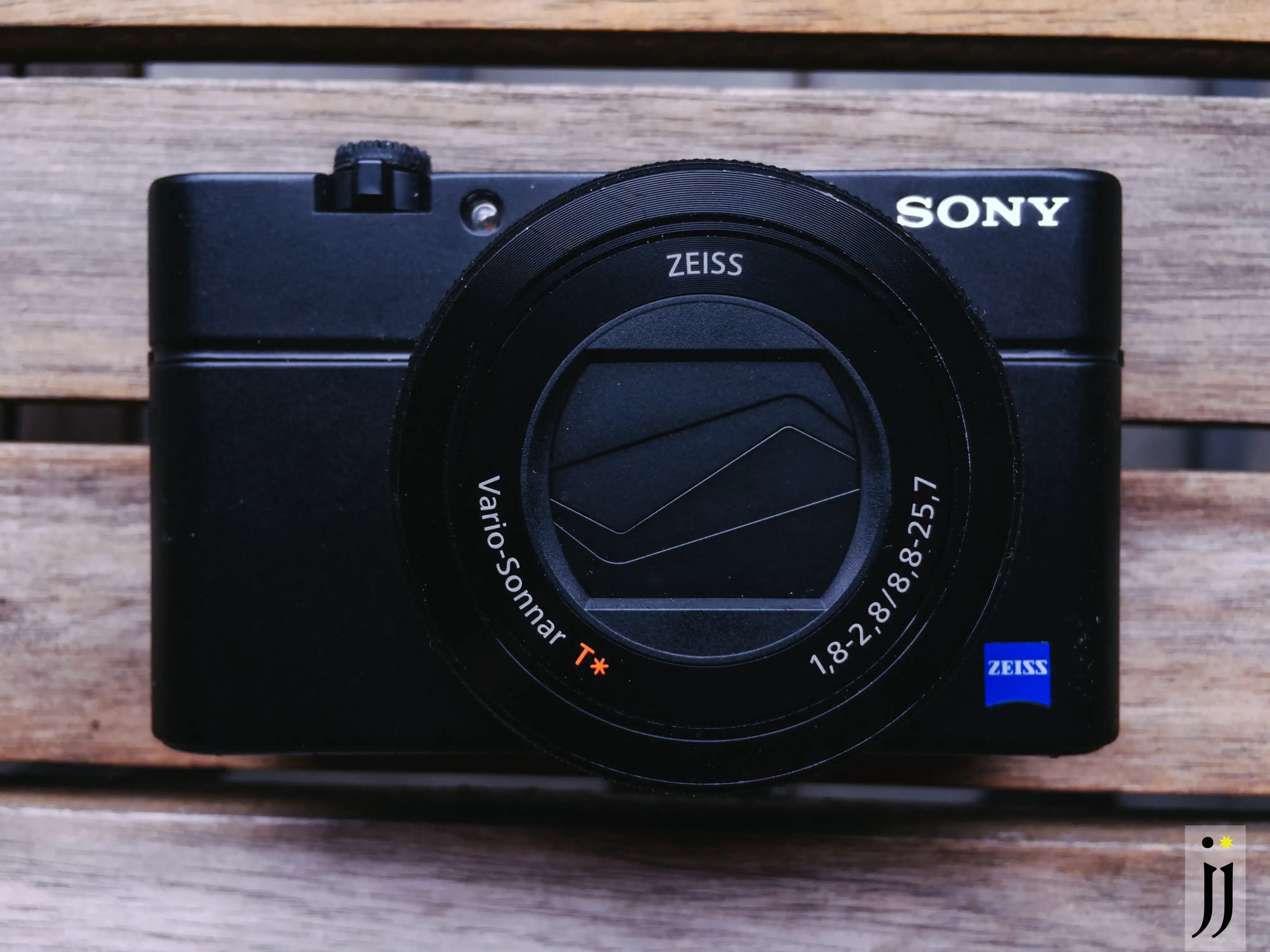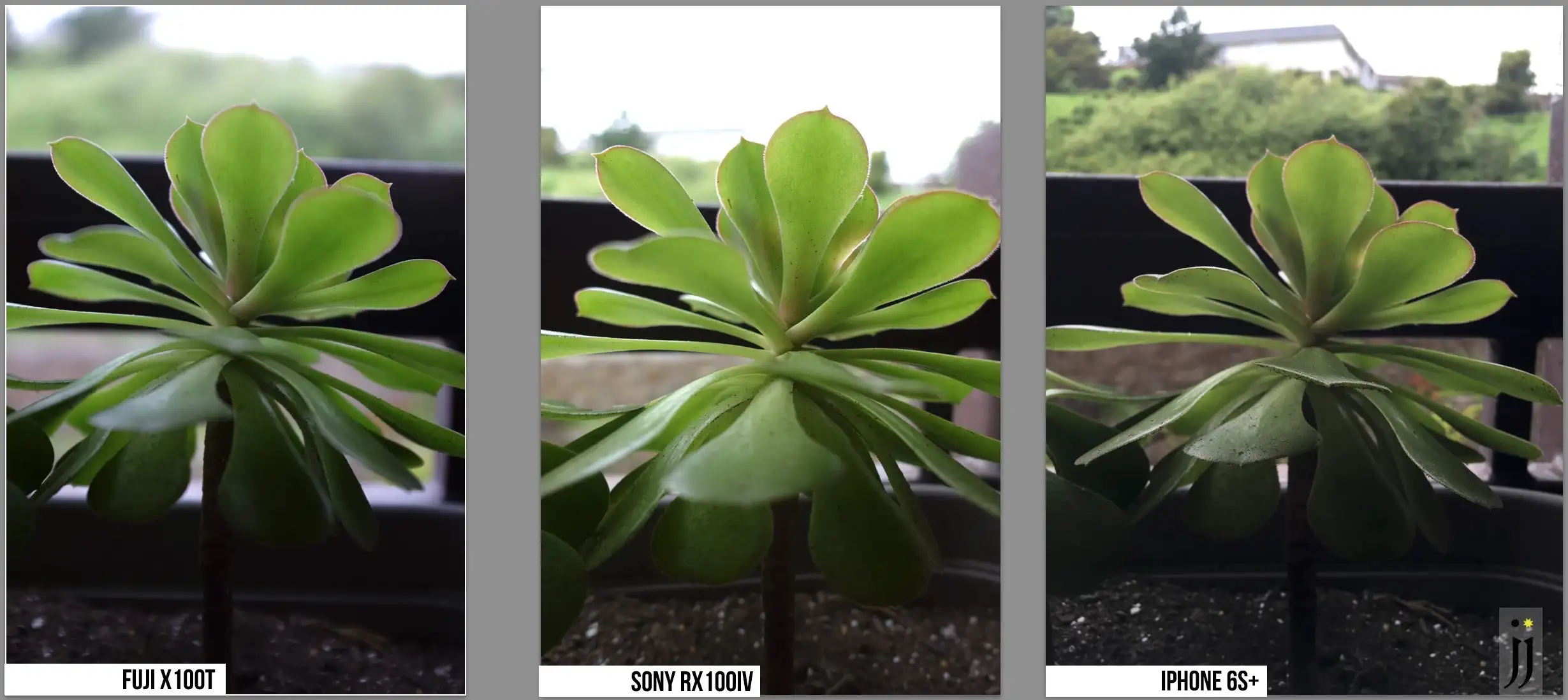JJ Casas
San Francisco-based portrait & commercial photographer &
creative director.
Sharing my thoughts as a photographer, cinematographer, marketer, and copywriter.
JCasas Photography | The Blog
© 2025 JJ Jumoc-Casas
jcasasphotography.com
Why you should care what camera to use
The subtitle to this is: Why I’m taking the Fuji X100T over any camera to my trip to Spain in 3 weeks.
This year, I’m going to Barcelona with my wife for the first time for our 2nd year wedding anniversary. And being a photographer, of course I’m looking forward to capturing the sights around. And with that being said, making the conscious decision to bring which camera is… a real decision to make.
Here’s the range typically considered for travel: compact, compact superzoom, mirrorless, and then DSLRs. Medium formats [both digital and film] and film cameras are surely great options too, but for the usual traveler, taking abundant images in an almost care-free approach is typical. And oh, let’s not forget the your iPhone’s camera.
And if you already have a camera in your phone, why would you want a dedicated camera? Here’s a quick list of why you’d want a dedicated camera:
- Better image quality (not just megapixels.. we’ll visit this soon)
- Dedicated and more powerful flash
- Manual controls to enable more creative options
- Tripod mount (without using an adapter)
The biggest reason why you’d want a dedicated camera is because it should inspire you to take better photos.
Note that I’m not saying you can’t take great photos on your phone (just look at all those iPhone 6S billboard ads), but sometimes having a dedicated tool can help inspire to take great photos. Obviously, knowing how to take a great image is important and you can learn that easily from free resources online or books.
But this is what this post is about ultimately: the feeling of taking a photo.
While I previously wrote about the importance of actually seeing your photos, the first step is using a tool to take a photo. While that previous post explained why I loved the Fujifilm Instax Mini 90 and how it allowed me to just be in the moment and carelessly capture moments, the camera that I’ve grown to love using is the Fujifilm x100T.
And before I start sounding like an ambassador of Fujfilm, I’ve invested $$ with Sony (full frame both in their a-mount and e-mount in addition to their cinema platform for my 8:45a work) and more $$$ in Pentax’s 645z digital medium format for my portrait and commercial work. So I’m not tied to one brand as different jobs require different tools aka the title of the post :)
When people ask me which cameras to recommend, it comes down to these two:
 Fujifilm’s X100T and Sony’s RX100 IV
Fujifilm’s X100T and Sony’s RX100 IV
Sony RX100 IV ($948) — my top features:
- 20.1mp 1" Exmor sensor = great image quality in a compact body that truly is pocketable
- 24–70mm f/1.8–2.8 Carls Zeiss lens = medium telephoto lens that’s capable of capturing images in low light easily
- 4K video recording with S-Log2 picture profile = UltraHD is the future and this camera can keep up in the hands of a capable filmmaker with the dynamic cinema S-Log2 picture profile
- 240FPS (up to 960FS) = 1080p 240fps slow mo capabilities that are found in cameras costing thousands. Can shoot higher FPS (frames per seconds) but don’t as quality starts dropping
- Pop-out EVF = high quality electronic viewfinder that allows you to peer in and see what you get. It stores in the body conveniently
- Tilting screen = allows you to shoot easily from the hip or over head while seeing exactly your framing
Sony’s RX100 IV has proven this camera model is to stay [started in the sub $400 and look at where it’s priced now]. It has so many bells and whistles in a pocket camera that it’s a no brainer to seriously look into if you’re looking for a camera that simply… does it all.

Fujifilm X100T ($1099) — my top features:
-
That beautiful magnesium body = it feels like it’s built to last with a weight that just feels good in your hand
Hint: this camera brings out the best in how this camera makes me feel when using it
- Fixed 23mm f/2.0 lens = There’s no zoom so it forces you to move and plus, this lens’ 9-blade aperture diaphragm just means it’s you’re getting that lovely beautiful bokeh you’d want in a camera
- Classic Chrome (and its other film simulation mode) = the colors in this camera are pleasing by default (Fujifilm did and still does for now produce film) that there’s no need to shoot in RAW and process photos in Lightroom/Photoshop/VSCO.
- Optical View Finder = see what your eyes see without extra data like battery meter, shots remaining, autofocus points. You still have the option of using an EVF as it’s viewfinder is a hybrid so you can still see what you get.
Fujifilm’s x100 series taps into a certain audience: the ones who have used a film camera. Because it feels like a camera and not a computer that can take photos, it’s an object you love using versus operating. This is the main reason why I can’t whole heartedly recommend this camera to many because if they can’t feel familiar with this camera instantly, it’s really not for them.
And back to my previous point of using a camera that should inspire you take better photos, this camera does.
By design, the x100T slows you down:
- No tilting screen so you have to bend with the camera to see your shot
- No zoom so you have to take time to walk around your subject
- Not small enough to put in your pocket so you have it on you either on your wrist or neck
But by that design, the x100t allows you to take better shots:
- Keeping your eyes close to the viewfinder/screen forces you to take time to frame your shot
- Using your feet as a zoom forces you to look for a different perspective
- Having it on your wrist/neck keeps you ready for the next shot
And onto the quality of the images itself. All images are JPEGs and SOOC [straight out of camera].
Settings wise: I’ve kept both Fuji and Sony to f/2.0 at 1/320–1/400 with ISO 100.
And for kicks, I’ve included a frame too from my iPhone 6S+ :)
How a camera makes you feel when taking photos should really be taken into consideration. However, that feeling is hard to quantify as a Holga toy camera can inspire one to create images just as much one with a Leica rangefinder can.
But for me, the Fuji x100t is that camera. And for everything else on my Barcelona trip? The iPhone 6s+ is surely capable. Just look at those product photos of the cameras earlier :)








